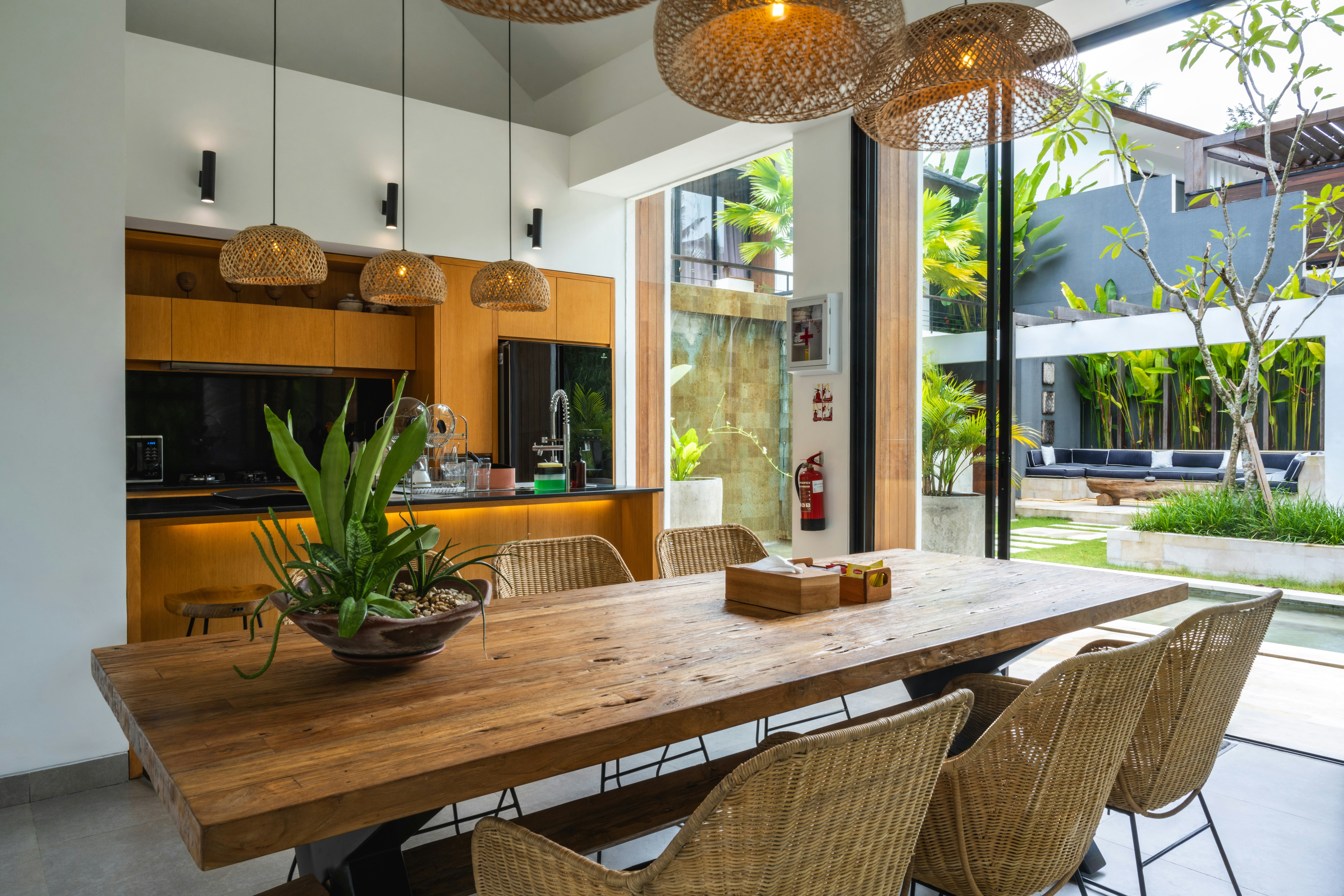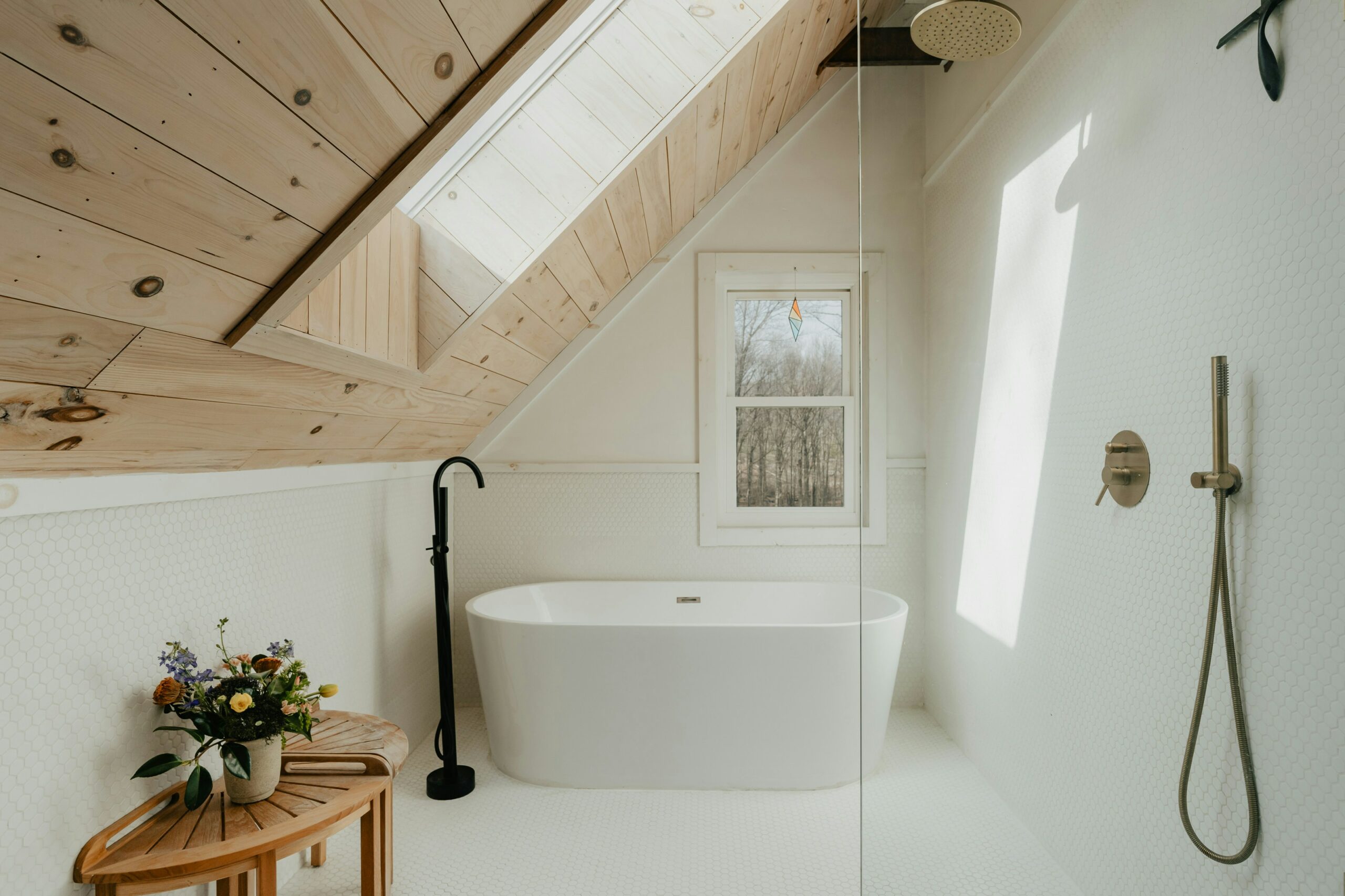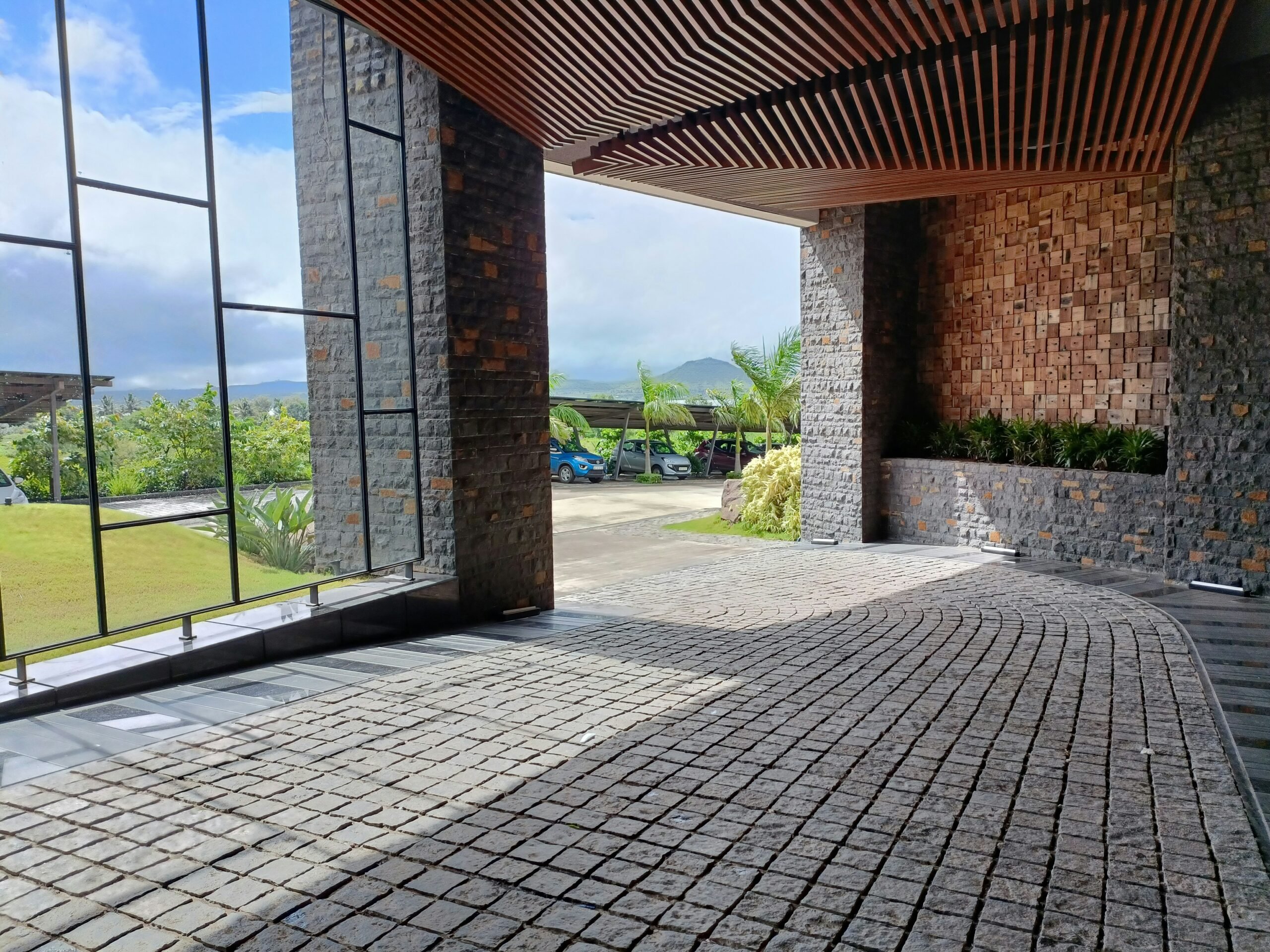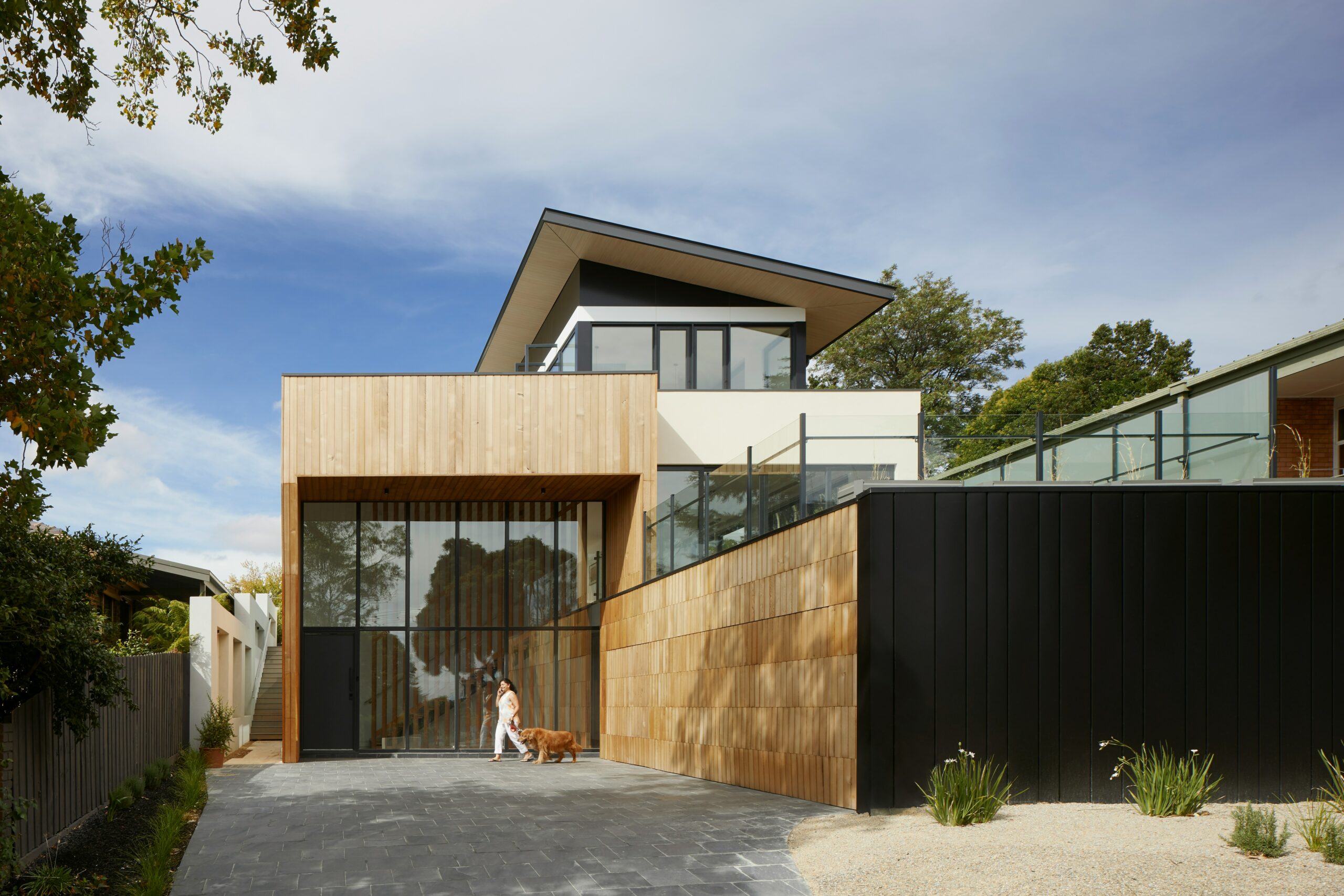When it comes to capturing property photos, the goal is to not only showcase its features but also to create a visual narrative that guides the viewer’s eye. One of the most effective techniques for achieving this is the use of leading lines.
Leading lines can enhance composition, highlight key elements, and direct attention where you want it to go. Here’s your complete guide for real estate photographers on leveraging this powerful technique to elevate your property photos.
What Are Leading Lines?
Leading lines are visual elements within a photo that guide the viewer’s eye towards a specific point or area of interest. These lines can be literal, such as straight or curved lines, or they can be implied through the arrangement of objects within the frame. In property photography, leading lines play an important role in enhancing the composition and visual appeal of your images.
By directing the viewer’s gaze along these lines, you can emphasize key features of the property, such as architectural detail, an inviting entryway, or a beautifully landscaped garden. Leading lines also help to establish a clear focal point, making the image more engaging and easier to navigate visually.
Leading lines are a versatile technique applicable across all types of photography, but they are particularly effective in commercial and real estate photography. They not only capture the scale and layout of a property but also offer potential buyers or clients a clearer visualization of the space.
Types of Leading Lines
Leading lines often appear naturally within your frame, but they can also be created or enhanced through thoughtful composition. From capturing the appeal of rental properties before being listed or shooting a new construction build, the right angle can make all the difference. Here are several examples where a real estate photographer can use these elements to guide the viewer’s eye and make a specific property stand out:
Architectural Lines
Use architectural elements such as staircases, railings, or doorways as leading lines. For example, a well-placed staircase can draw the viewer’s eye upwards, emphasizing the height and elegance of a space.
Pathways and Driveways
Driveways, walkways, and paths can serve as natural leading lines. They guide the viewer’s eye from the foreground to the focal point of the property, such as the entrance or the main building.
Furniture and Fixtures
Arrange furniture or fixtures in a way that creates leading lines. A well-placed sofa or a line of pendant lights can direct attention to key areas within a room.
Natural Elements
Trees, hedges, and garden beds can also act as leading lines. For instance, a row of trees can create a visual path leading towards the house, framing the property and adding a natural element to the composition.
Tips for Using Leading Lines Effectively
Although leading lines are a fundamental photography technique, following specific guidelines can help you capture quality visuals. Here’s how to use leading lines effectively to enhance your property imagery:
Plan Your Shots
Before taking photos, walk through the property and identify potential leading lines. Consider how these lines can be used to highlight the property’s best features.
Use the Rule of Thirds
Combine leading lines with the rule of thirds for a balanced composition. Position the leading lines along the grid lines or intersections of the rule of thirds to create a more dynamic and engaging image.
Consider Perspective
Experiment with different angles and perspectives. Sometimes, a slight change in position can turn an ordinary line into a powerful leading line.
Keep it Simple
Avoid cluttering the image with too many lines or distractions. The leading lines should enhance the composition, not overwhelm it.
Focus on the Focal Point
Ensure that the lines direct the viewer’s attention to the main focal point of the photo. This could be the property’s entrance, a feature room, or any other significant element.
Examples of Leading Lines in Property Photography
- Exterior Shots: Capture the driveway or pathway leading up to the house. This not only showcases the property’s approach but also sets the stage for what’s to come.
- Interior Shots: Use lines from furniture arrangements, flooring patterns, or architectural details to guide the viewer’s eye through the room. For instance, a long dining table can lead the viewer’s gaze towards the rest of the space.
- Architectural Details: Highlight unique architectural features such as vaulted ceilings or intricate staircases. This can accentuate these elements and add depth to your photos.
Overview of Leading Lines
Incorporating this popular technique into your property photography can greatly boost the visual impact of your images. Leading lines direct the viewer’s gaze to important features, creating a sense of depth and focus. Whether they are natural elements like pathways or architectural details such as railings, these lines help craft a more engaging and dynamic composition.
For more tips on mastering your next real estate photography shoot, explore HomeJab’s other photography resource articles.
















